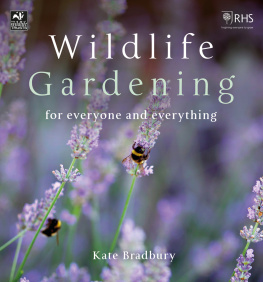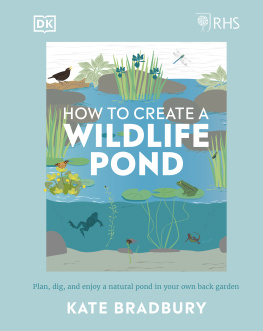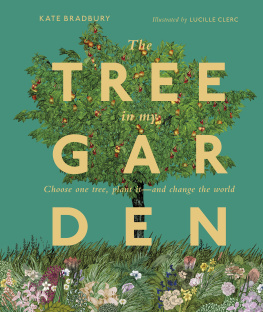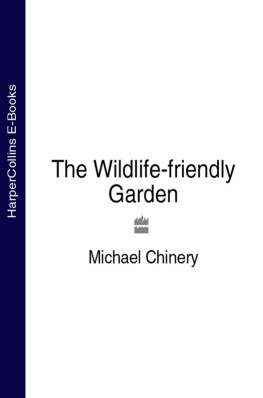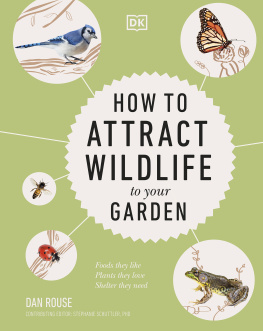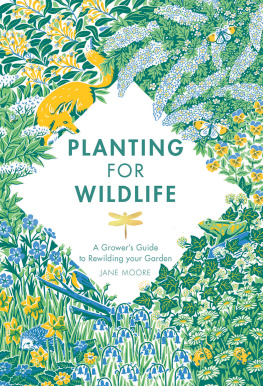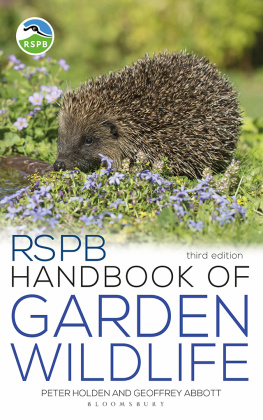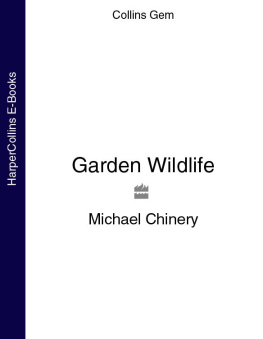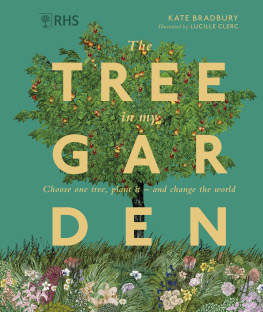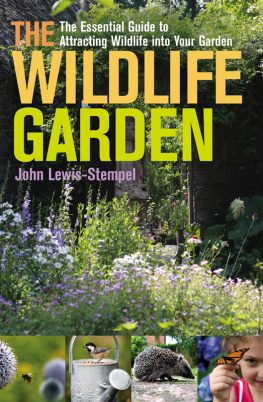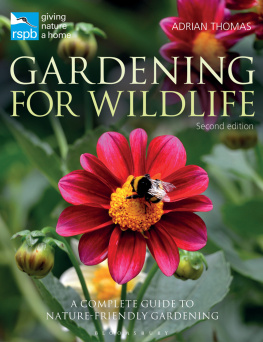
Bloomsbury Publishing Plc
50 Bedford Square, London, WC1B 3DP, UK
This electronic edition published in 2019 by Bloomsbury Publishing Plc
BLOOMSBURY, BLOOMSBURY WILDLIFE and the Diana logo are trademarks of Bloomsbury Publishing Plc
First published in Great Britain 2019
Copyright Kate Bradbury, 2019
Photographs Sarah Cuttle, 2019 with the exception of those listed
Illustrations Royal Society of Wildlife Trusts (by Corinne Welch), 2019
Kate Bradbury has asserted her right under the Copyright, Designs and Patents Act, 1988, to be identified as Author of this work.
All rights reserved
You may not copy, distribute, transmit, reproduce or otherwise make available this publication (or any part of it) in any form, or by any means (including without limitation electronic, digital, optical, mechanical, photocopying, printing, recording or otherwise), without the prior written permission of the publisher. Any person who does any unauthorised act in relation to this publication may be liable to criminal prosecution and civil claims for damages.
A catalogue record for this book is available from the British Library.
ISBN: 978-1-4729-5605-7 (PB)
ISBN: 978-1-4729-5606-4 (eBook)
ISBN: 978-1-4729-5607-1 (ePDF)
Design by Roderick Teasdale
Royal Horticultural Society
Publisher Rae Spencer-Jones
Editor Simon Maughan
Head of Editorial Chris Young
Consultants Helen Bostock and Andrew Salisbury
The Wildlife Trusts
Head of Communications Adam Cormack
Communications Support Officer Ben Cook
Communications Manager Lucy McRobert
Communications Support Officer Branwen Messamah
To find out more about our authors and their books please visit www.bloomsbury.com where you will find extracts, author interviews and details of forthcoming events, and to be the first to hear about latest releases and special offers, sign up for our newsletter.
Contents
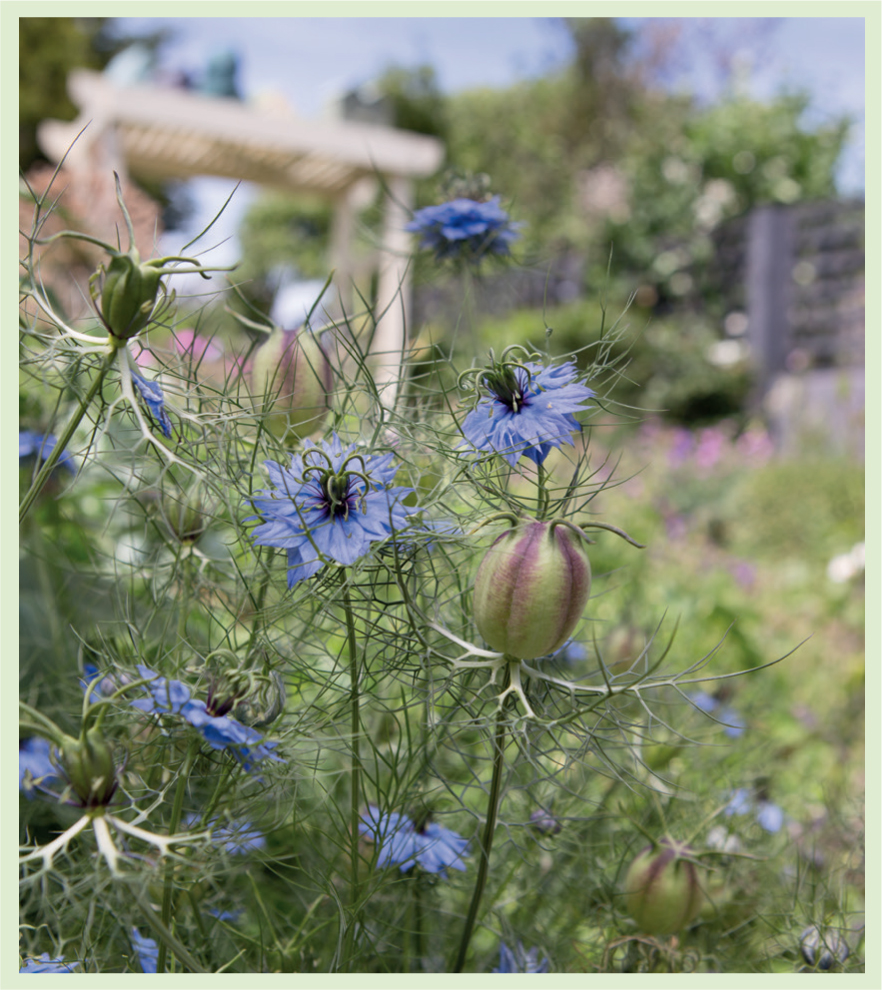

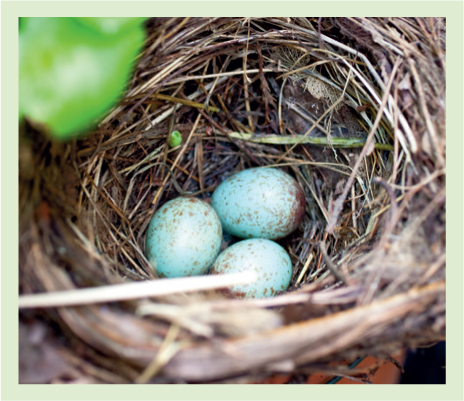

My friend Helens garden in Hove in Sussex. Sparrow nest boxes, pollinator-friendly borders and still space for her young family to play.
Preface
When I wrote my first book five years ago, its purpose was simple: to encourage readers to provide garden habitats for wildlife. At the time I had a tiny, shady garden in a very built-up area of east London. There was little wildlife there, but I made the garden home to a variety of bees, birds and butterflies as well as field mice and frogs.
Since then I have moved house twice, and at the time of writing, I have a small, north-facing garden in Hove, near Brighton, plus a wonderfully wild allotment. In the past five years, I have become a better gardener, and Im more knowledgeable about wildlife and how we can use our gardens to mitigate habitat loss in the countryside.
During this period, conservation and science have moved on as well. We now know much more about solitary bees. We also know more about the flower choices of pollinators, and the food preferences and migration routes of certain garden birds goldfinches, for example, have decided they prefer sunflower hearts to niger seed. I even conducted a bit of citizen science myself, by compiling a list of rose cultivars and other plants that are known to be used by leafcutter bees (see ). How did I achieve this? With help from a few friends on Twitter, I asked gardeners to tell me which roses the leafcutters were choosing in their gardens. I sent emails and put pleas in newsletters for people to get in touch. I even had well-known rose growers check their fields for the telltale elliptical markings on their rose leaves. Gardeners love growing roses, and now we can make more informed choices about which roses we can grow that we know leafcutters love. Its a lovely thing to have been a part of.
These last five years have also seen two State of Nature reports, in which conservation groups have worked together to identify the continued decline of many of our best-loved wildlife. There have been other, more specific studies too, including the 75 per cent decline of flying insects from some protected areas in Germany over a 27 year period, the loss of butterflies and the drop in hedgehog numbers.
Yet in these five years, I have also witnessed hope. Thanks in no small part to TV programmes such as the BBCs Springwatch and the efforts of charities like The Wildlife Trusts and the Royal Horticultural Society, I have seen a massive surge in the popularity of wildlife gardening. So disconnected are many of us from the natural world that more of us are wanting to bring wildlife to our back door. More of us have read about the plight of bees and hedgehogs, and want to help. More of us are taking matters into our own gardens. Wildlife gardening is here to stay; dare I say its now mainstream. We cant replace the lost habitats in rural areas, but we can provide habitats for some species in our gardens and, crucially, we can link them together to create corridors from one significant habitat to another. Not just in our gardens at home but in our parks, communal and public spaces, schools and hospitals too. The more habitats there are, the more and greater opportunities wildlife has to expand territories, meet and breed, and adapt to climate change.
Introduction
There was an old woman who swallowed a fly.
I dont know why she swallowed a fly.
Perhaps shell die.
There was an old woman who swallowed a spider
That wriggled and jiggled and tickled inside her.
She swallowed the spider to catch the fly.
I dont know why she swallowed the fly.
Perhaps shell die.
There was an old woman who swallowed a bird.
How absurd to swallow a bird!
She swallowed the bird to catch the spider
That wriggled and jiggled and tickled inside her.
She swallowed the spider to catch the fly.
I dont know why she swallowed the fly.
Perhaps shell die.
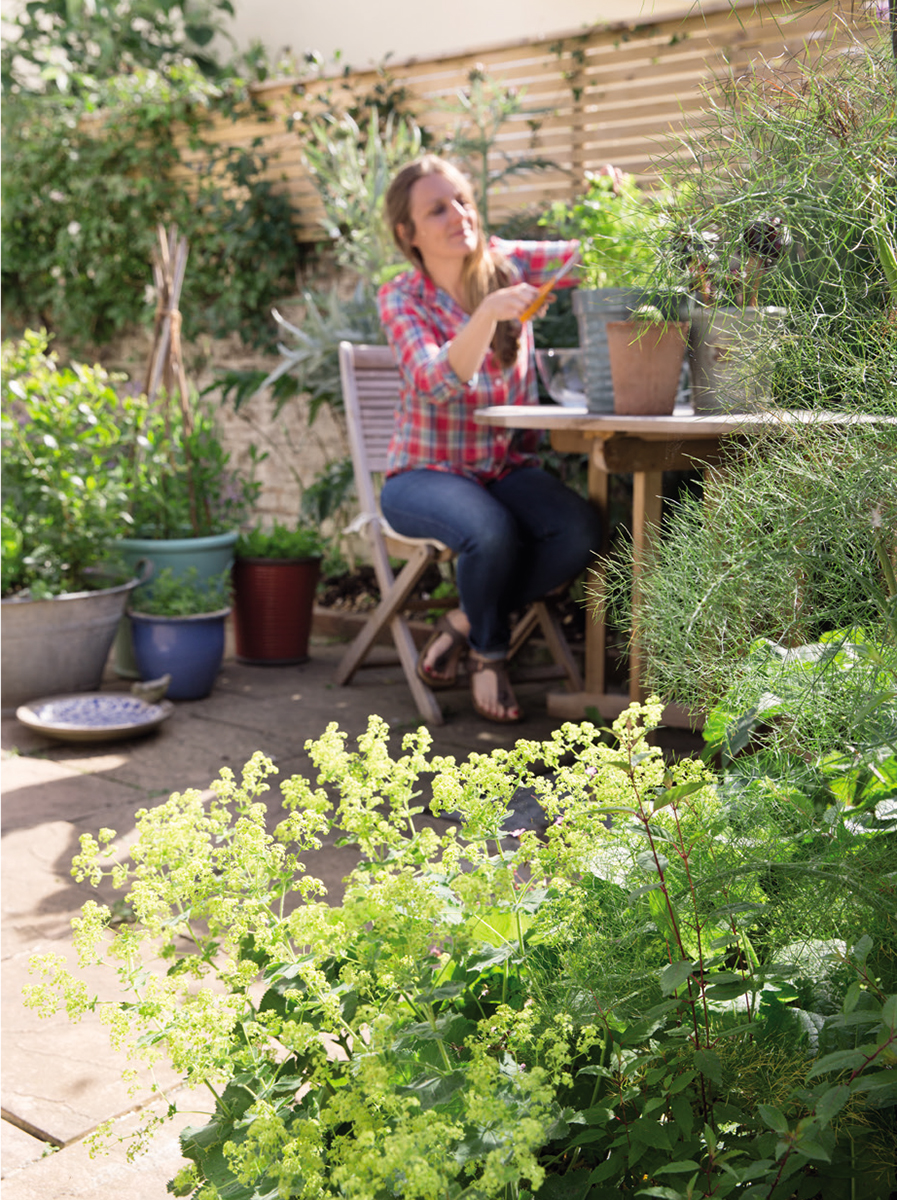
Even a paved garden can benefit wildlife if filled with plants.
The rest of this nursery rhyme takes the imagination a bit further than I would like here the old woman ends up swallowing a cow to catch a goat to catch a dog to catch a cat to catch a bird. But the first three verses are perfect. The first three verses are a slightly ridiculous version of what we should all be doing in our gardens.
Wildlife gardening is all about the food chain. Its about the soil and the plants. Its about the tiny creatures beavering away in our compost bins and beneath piles of leaves, logs and stones. Its about woodlice and centipedes and springtails and rove beetles. Its about the plant munchers aphids and caterpillars, leafhoppers and leaf miners.
And, of course, its about everything else that eats them.
Im sure weve all tried to attract wildlife without creating a habitat first. Ive hung many a bird feeder and wondered why the birds didnt turn up. The birds didnt come because the garden wasnt ready. There was nowhere to take shelter or hide from predators, such as cats. But as soon as Id planted a few climbers up the walls, plus a few choice caterpillar food plants, I had birds on the feeders and in the borders. Id created space for them; a series of interconnected worlds.

